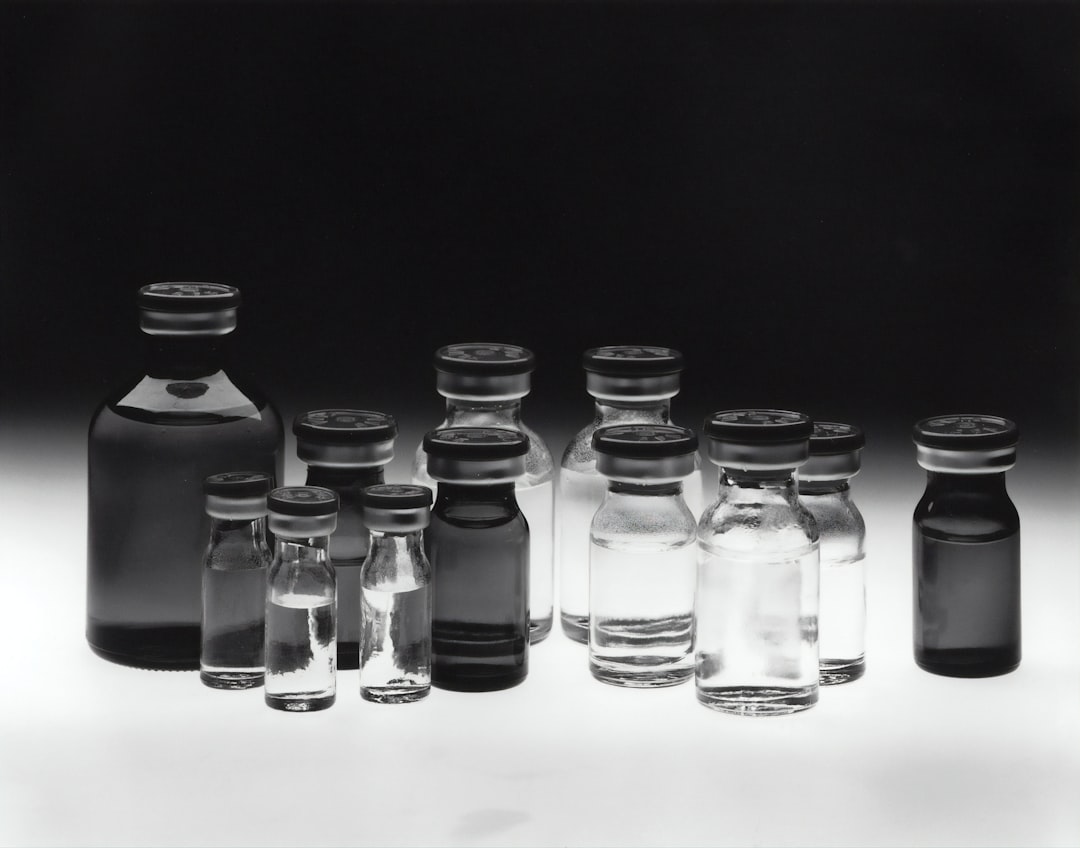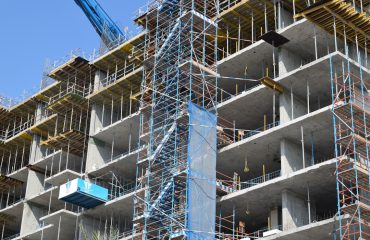Selecting the appropriate piping system for a chemical plant is paramount. The wrong choice can lead to catastrophic failures, environmental hazards, and significant economic losses. This comprehensive guide delves into the critical factors influencing pipe material selection in the demanding environment of a chemical processing facility.
1. Understanding Chemical Compatibility: The Foundation of Pipe Selection
The most crucial aspect of pipe selection is ensuring complete chemical compatibility. Different chemicals react differently with various materials. A seemingly minor incompatibility can lead to corrosion, degradation, and leakage, compromising safety and efficiency. Before selecting any pipe material, a thorough chemical compatibility analysis must be performed. This involves considering:
- The specific chemicals being processed: Knowing the exact chemical composition, concentration, and temperature is vital.
- Reaction kinetics: Understanding the rate of reaction between the chemical and the pipe material is crucial for predicting the lifespan of the piping system.
- Environmental factors: Factors like temperature, pressure, and pH significantly impact chemical reactions and material degradation.
- Material data sheets (MDS): Consulting MDS provided by manufacturers is essential to determine the suitability of specific materials for particular chemicals.
Software tools and specialized databases can assist in this analysis, providing detailed information on chemical compatibility for various materials.
2. Pressure and Temperature Ratings: Ensuring System Integrity
Chemical processes often involve high pressures and temperatures. The selected pipe must be rated to withstand these conditions without failure. Pressure ratings are typically expressed in pounds per square inch (PSI) or bars, while temperature ratings are given in degrees Celsius or Fahrenheit. These ratings are crucial for ensuring the structural integrity of the piping system and preventing leaks or ruptures.
Factors to consider include:
- Maximum operating pressure: The highest pressure the system will experience during normal operation.
- Maximum operating temperature: The highest temperature the system will experience during normal operation.
- Safety factors: Design codes often mandate safety factors to account for unexpected pressure surges or temperature fluctuations.
- Pipe wall thickness: Thicker pipe walls provide greater strength and pressure resistance.
- Pipe diameter: Larger diameter pipes generally require thicker walls to withstand the same pressure.
Adherence to relevant industry standards and codes, such as ASME B31.1 and ASME B31.3, is essential for ensuring proper pressure and temperature ratings.
3. Corrosion Resistance: Protecting Against Degradation
Corrosion is a significant concern in chemical plants. Many chemicals are corrosive, leading to the degradation of pipe materials over time. Choosing corrosion-resistant materials is vital for extending the lifespan of the piping system and preventing leaks and failures. Common corrosion-resistant materials include:
- Stainless steel: Various grades of stainless steel offer excellent corrosion resistance in many chemical environments.
- Nickel alloys: These alloys, such as Monel and Inconel, provide exceptional corrosion resistance in highly aggressive environments.
- Titanium: Titanium is highly resistant to corrosion and is often used in demanding applications.
- Plastics: Certain plastics, such as PVC, CPVC, and PTFE, are suitable for specific chemical applications.
- Cladding and lining: Applying a corrosion-resistant layer to a less expensive base material can provide cost-effective corrosion protection.
The choice of corrosion-resistant material depends on the specific chemicals being handled and the operating conditions.
4. Pipe Standards and Codes: Ensuring Quality and Safety
Adherence to relevant industry standards and codes is crucial for ensuring the safety and quality of chemical plant piping. These standards specify material requirements, design parameters, fabrication methods, and testing procedures. Key standards include:
- ASME B31.1: Power Piping
- ASME B31.3: Process Piping
- ASTM standards: These standards cover various aspects of pipe materials, including chemical composition, mechanical properties, and testing methods.
- API standards: These standards are relevant for piping in the petroleum and petrochemical industries.
Compliance with these standards is essential for ensuring the safe and reliable operation of the chemical plant.
5. Cost Considerations and Lifecycle Analysis: Balancing Performance and Budget
While material selection is driven primarily by safety and performance, cost is also a significant factor. A lifecycle cost analysis should be performed to compare the initial cost of different pipe materials with their long-term maintenance and replacement costs. Factors to consider include:
- Initial material cost: The cost of the pipe material itself.
- Installation cost: The cost of labor and equipment required for installation.
- Maintenance cost: The cost of regular inspection, cleaning, and repair.
- Replacement cost: The cost of replacing the piping system at the end of its lifespan.
- Downtime cost: The cost of production downtime due to pipe failures or maintenance.
A comprehensive lifecycle cost analysis can help in selecting the most cost-effective piping system while ensuring safety and reliability.
Selecting the appropriate piping system for a chemical plant requires careful consideration of numerous factors. By understanding chemical compatibility, pressure and temperature ratings, corrosion resistance, industry standards, and lifecycle costs, plant operators can make informed decisions that ensure the safety, efficiency, and longevity of their operations.
Tags: chemical plant piping, pipe selection, chemical process piping, pipe material selection, corrosion resistance




